
Yurei, on the other hand, are entirely different beasts. There are some similarities, of course: both are tied to the world by strong emotions, and both seek to interact with humans. Other than that though, there are few similarities. For one, Yurei are often depicted the same way: they’re women dressed in white with long black hair. Yurei are predominately believed to be women, because the Japanese believe that women experience deeper, stronger emotions than men and thus are more likely to become Yurei.
The differences don’t end there, but in order to understand the Yurei fully we must understand traditional Japanese beliefs about the afterlife. Shinto doesn’t have heaven or hell the same way the West does. When a person dies, their soul leaves the body and enters a kind of purgatory. When the proper funeral rites are performed, the soul can go to the ancestors and thus become a protective spirit. However, if the proper rites are not performed, or if the person dies by suicide or murder, their soul may become a Yurei.
That isn’t too different from the Western conception of ghosts, nor the conception of ghosts the world over. There is a prevalent belief the world over that if people are not laid to rest properly they will somehow haunt the living. Yurei, however, are more corporeal than their Western counterparts. They are not see through, although in their traditional depiction they are shown hovering over the ground, with only their hands and face visible. Yurei also, possibly due to their corporeal nature, have no problem interacting with the physical world, much to their victim’s dismay.
You see, Yurei can be incredibly dangerous. They are said to seek vengeance against those who wronged them in life, and little can be done to stop them. The Yurei will only disappear when their desire for vengeance is sated, either by the Yurei itself or by its family members. In some cases, the Yurei may haunt a lover until its passion is fulfilled (not sure what that means, but to me that sounds pretty ominous). Sometimes a Shinto or Buddhist priest may be able to exorcise the Yurei, but more often than not the spirits are unstoppable until they fulfill their desires.
It should be noted that not all Yurei are malevolent. Yurei are tied to the Earth by strong emotions, but they do not necessarily have to be negative. Some Yurei are motherly figures, who come back to watch over their children. Others might return to keep a business appointment or some other sort of obligation. While they might be frightening to people who happen to bump into them, these types of Yurei are largely harmless.
The worst kind of Yurei become a curse. Their desire for vengeance is so strong that even destroying the original object of their fury cannot sate it. They will destroy anyone who enters their territory–Yurei are typically, but not always, bound to a specific site–and will do so until exorcised or otherwise removed, a dicey proposition at best.
American has come to know Yurei in recent years through movies. The Grudge, The Ring, and Silent Hill all feature Yurei style ghosts. While these depictions aren’t always accurate in terms of the traditional folklore, they’ve definitely made waves in American horror. Like it or not, it seems the Yurei are here to stay in American horror.
Have you seen The Grudge, The Ring, or Silent Hill? What do you think of the Yurei or ghosts in general (keep it civil, please)?
Sources:
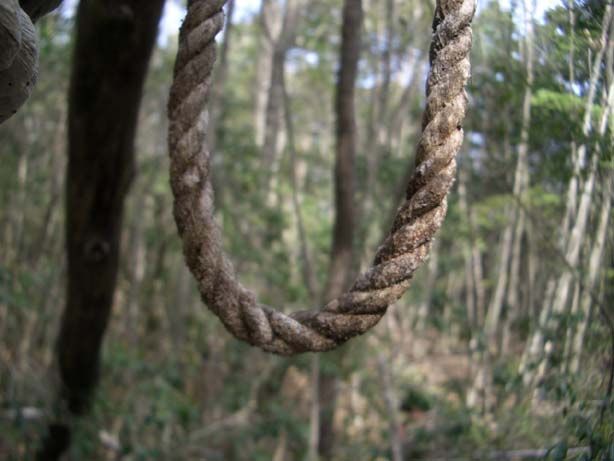
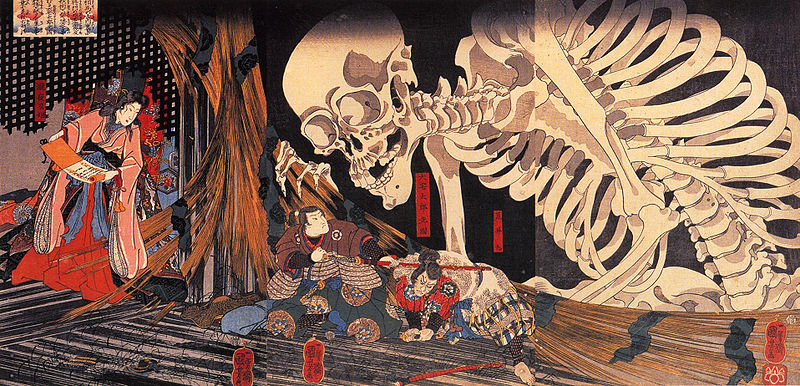
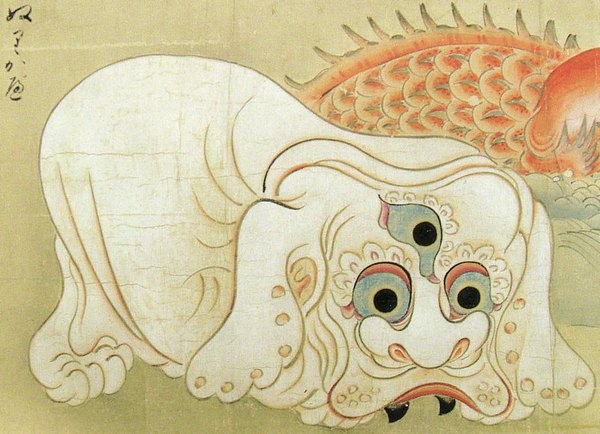
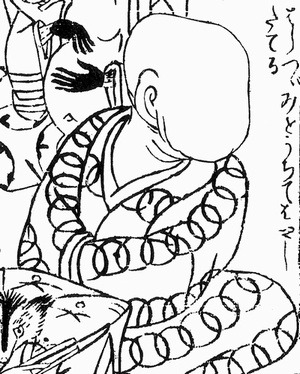
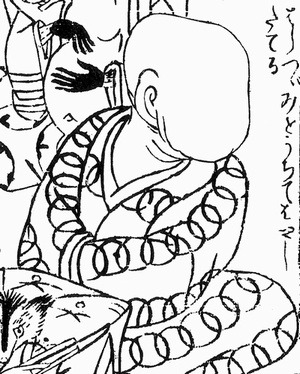
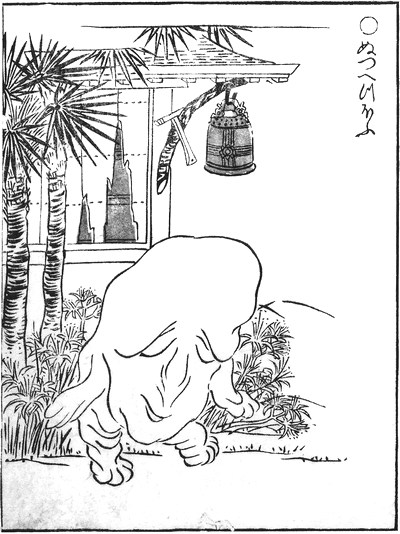
2 thoughts on “Japan’s Ghosts–The Yurei”